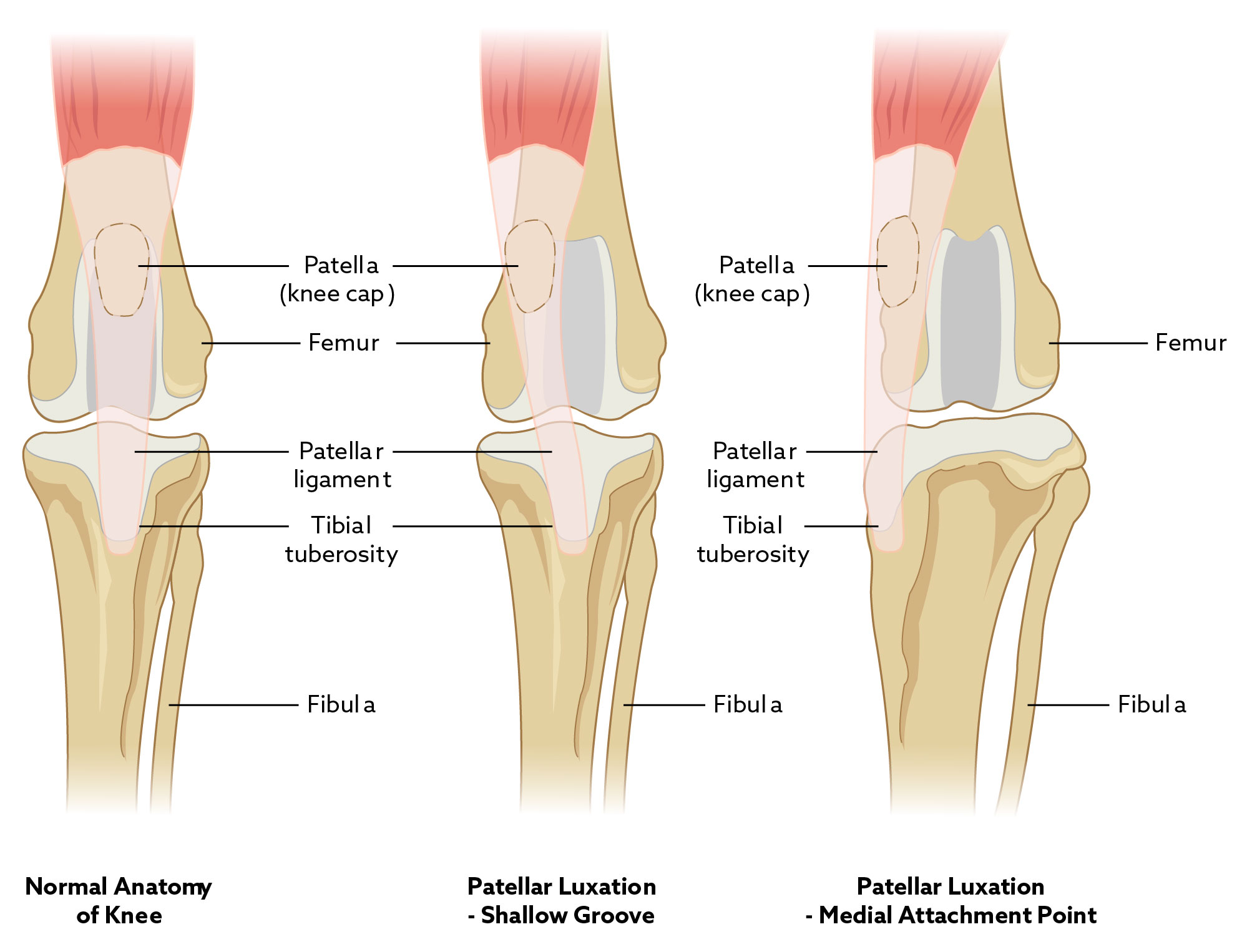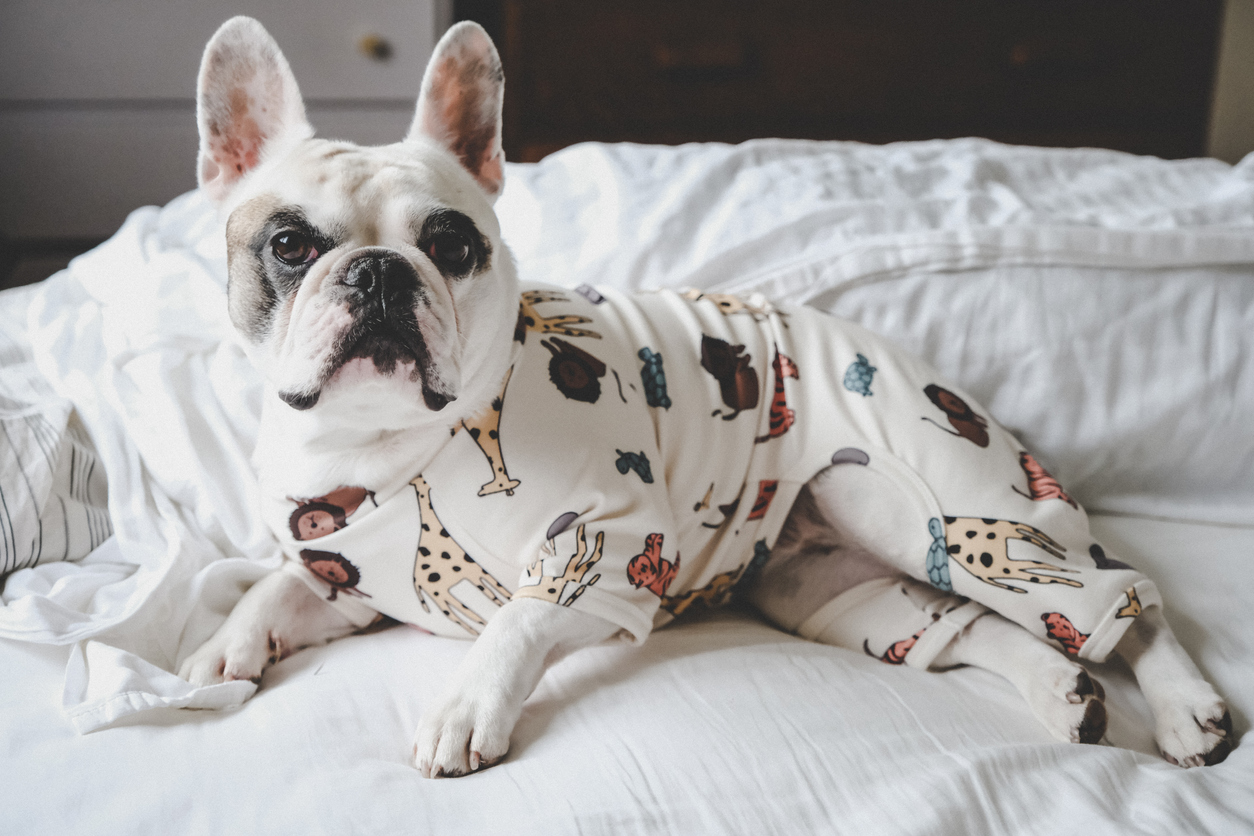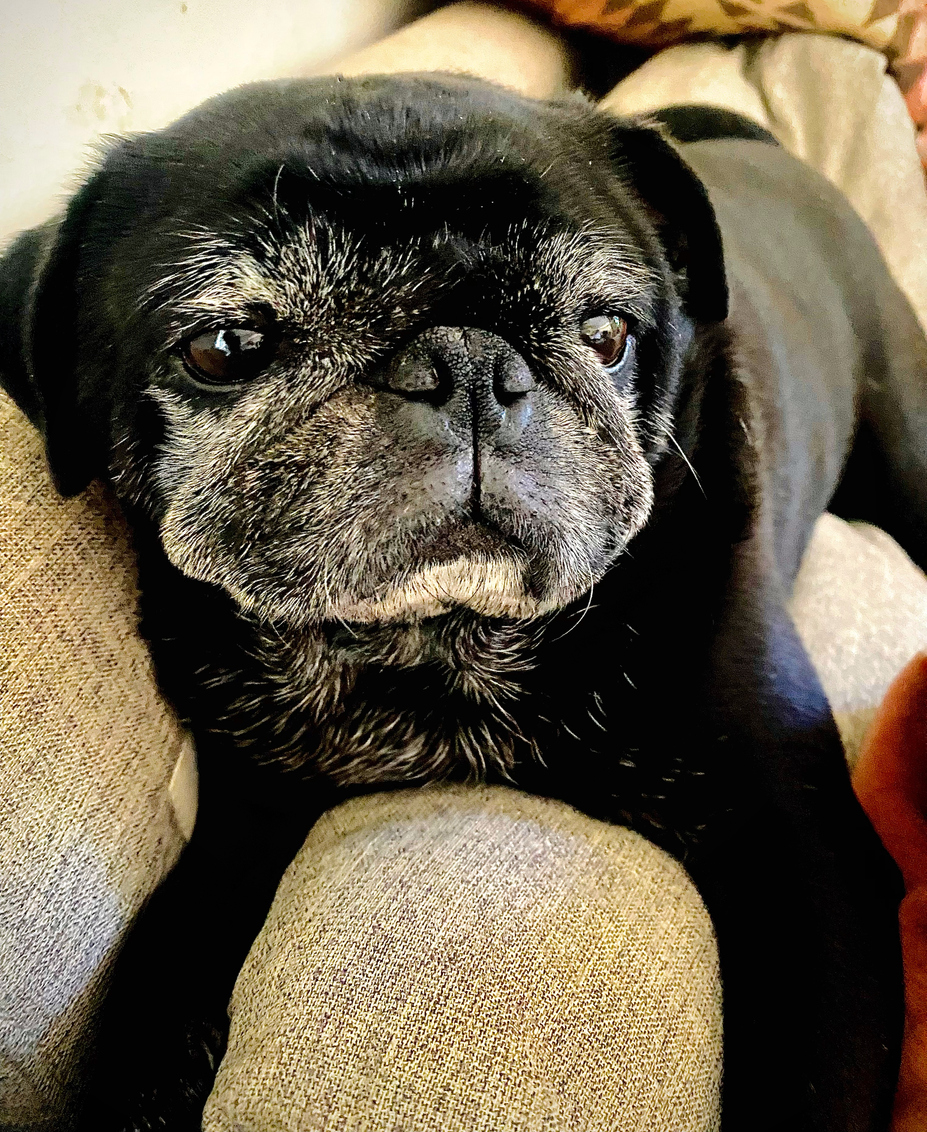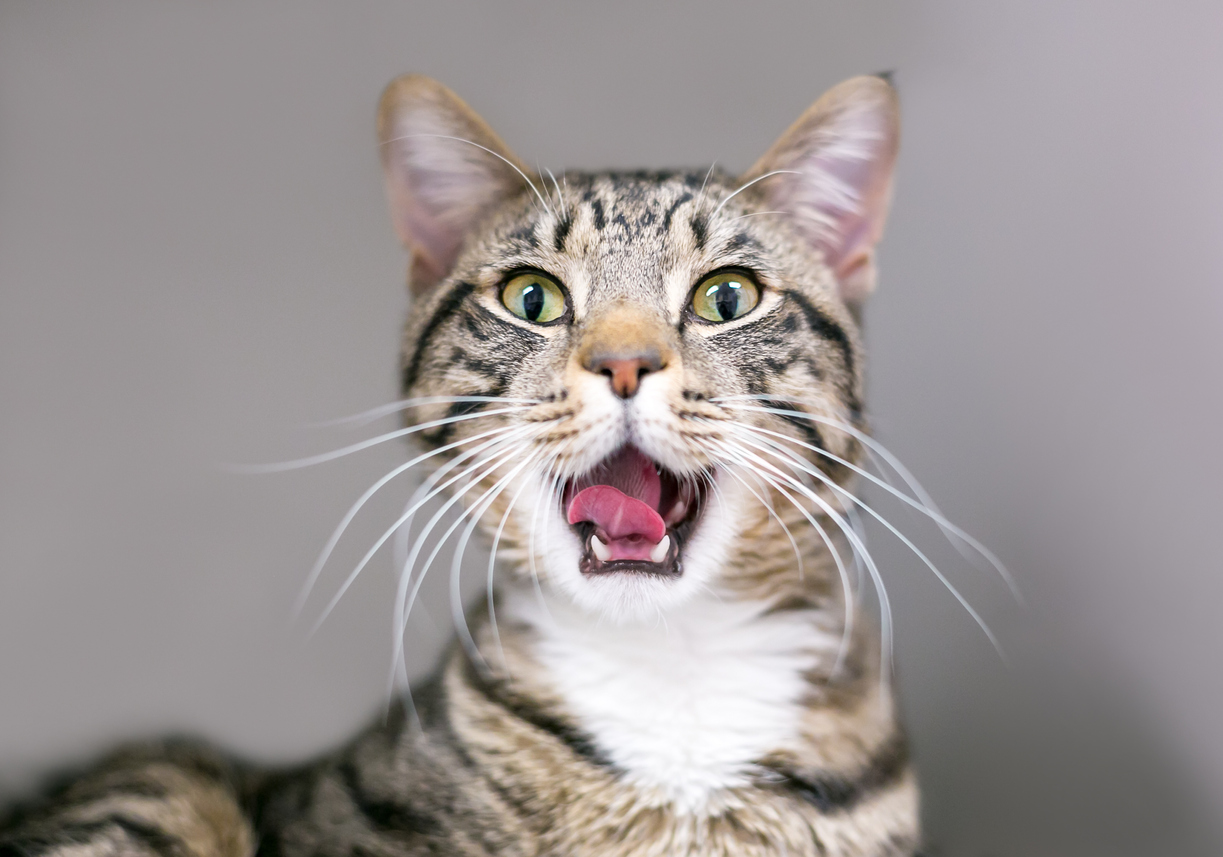Patella luxation in Dogs
What is a patella luxation?
The patella, or 'kneecap,' is normally located in a groove on the end of the femur (thigh bone) just above the stifle (knee).
The term luxating means 'out of place' or 'dislocated'. Therefore, a patella luxation is a kneecap that moves out of its normal location. Pet owners may notice a dog skipping, ski. Then suddenly they will be back on all four legs as if nothing happened.
What causes a patellar luxation?
The kneecap sits underneath a ligament called the patellar ligament. This ligament attaches the large thigh muscles to a point on the center front of the shin bone (tibia). When the thigh muscles contract, the force is transmitted through the patellar ligament, pulling on the shin bone. This results in extension or straightening of the knee. The patella slides up and down in its groove (trochlear groove) and helps keep the patellar ligament in place during this movement.
Many toy or small breed dogs, including Maltese, Chihuahua, French Poodle, and Bichon Frise dogs, have a genetic predisposition for a luxating patella. In some dogs, (especially ones that are bowlegged), the patella may luxate because the point of attachment of the patellar ligament is not on the center of the shin bone. In these cases, it is almost always located too far toward the middle of the body or the inside of the leg. As the thigh muscles contract, the force applied to the patella pulls it to the inside of the knee. After several months or years of this abnormal movement, the inner side of the groove in the femur may wear down. Once this happens, the patella is then free to dislocate or slide toward the inside of the knee.
When the patella luxates, the dog has difficulty bearing weight on the leg, although there are rarely any signs of pain. It may learn how to kick the leg to the side, which will hyperextend the knee and snap the patella back into its normal location. Medically, there are several degrees or grades of patellar luxation, ranging from a mild form in which the kneecap only luxates when force is applied directly to it, to moderate luxation in which the kneecap pops out frequently, all the way to a severe luxation, in which the kneecap may be dislocated the majority of the time. In affected dogs, one or both kneecaps may luxate, sometimes to a different degree. Approximately 50% of affected dogs have both knees involved while the other 50% have only one knee involved.
Does a luxating patella cause any long-term problems for my dog?
This depends upon the grade of the luxation and whether both legs are affected to the same degree. Patellar luxations are graded from Grade I-IV. Some dogs can tolerate this condition for many years, even for their entire life.
However, patellar luxation predisposes the knee to other injuries, such as torn cruciate ligaments. The weight bearing stress on the leg is also altered, leading to changes in the hips, thigh, and shin bones. As the pet ages, arthritis develops and results in decreased mobility and joint pain.
Can a luxating patella be corrected?
Surgery should be performed if your dog has recurrent or persistent lameness or if other knee injuries occur secondary to the luxating patella. Grade I patellar luxations are not usually surgically repaired, but Grades II-IV are. Surgical repair generally involves three steps:
- The point of attachment of the patellar ligament to the shin bone is transplanted (moved) to its proper location.
- The groove in the femur is deepened so the patella will stay in place.
- The capsule around the joint is tightened. When the patella luxates, the joint capsule stretches. Tightening it helps to prevent the patella from luxating again.
An implant may also placed on the inside of the knee, making the patella unable to slip over it. Post-operatively, the recovery period is usually very rapid, especially with appropriate pain management.

What is the prognosis?
If your veterinarian performs surgery before arthritis or other knee injury occurs, the prognosis is excellent. Your dog should regain full use of its leg. However, if arthritis has already developed in the knee joint, your dog may experience intermittent pain in the leg and the arthritis may progress. The higher the grade, of luxating patella, the higher the likelihood of reoccurrence postoperatively. Prescription anti-inflammatories, joint supplements, and/or special therapeutic joint diets may slow the progression of arthritis and help control any discomfort. Weight reduction is also recommended for pets that are overweight.
Consult with your veterinarian to determine the best post-operative plan for your pet.



